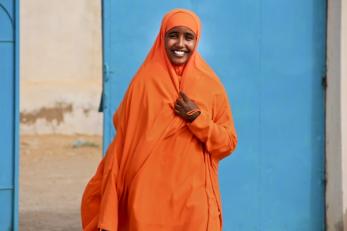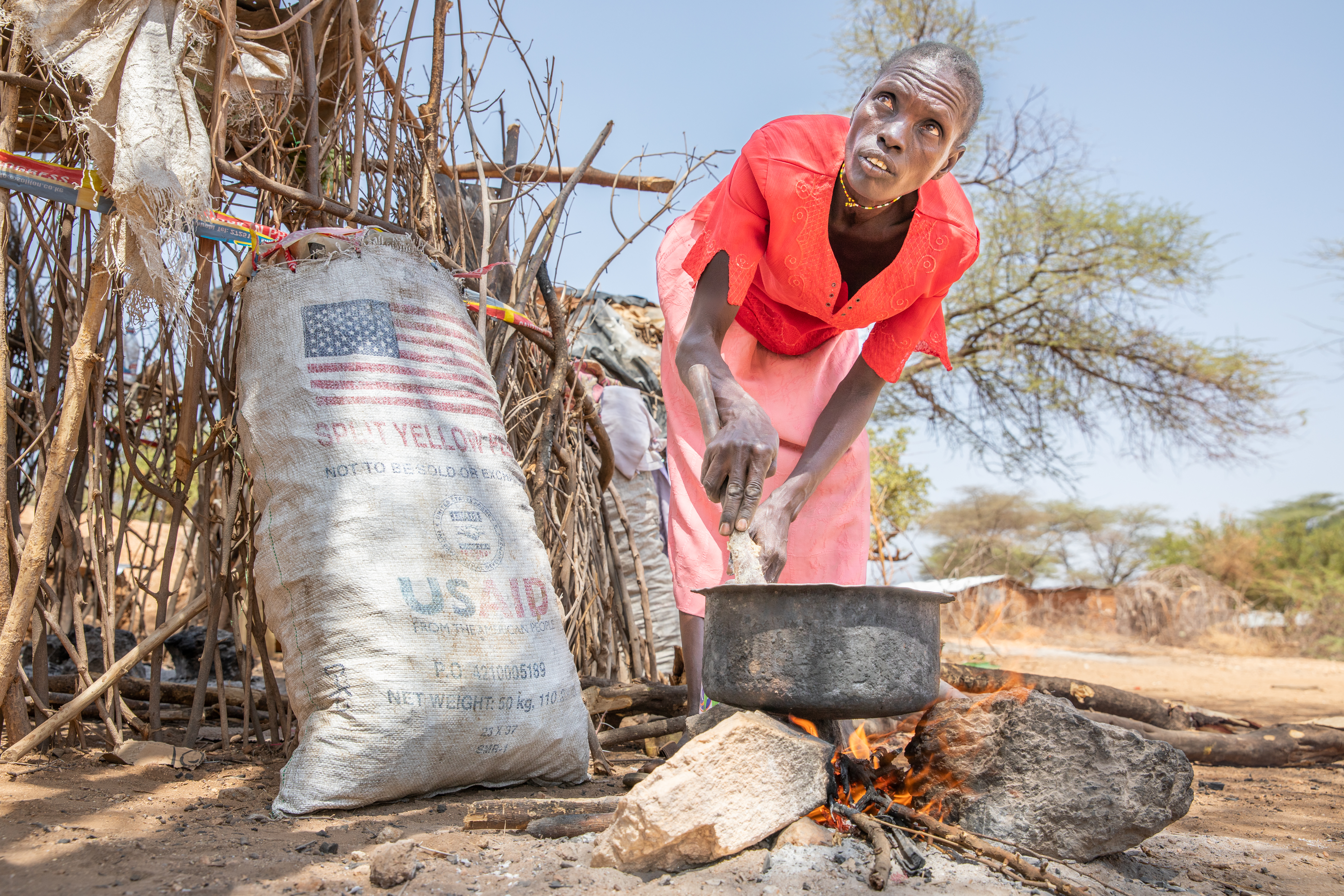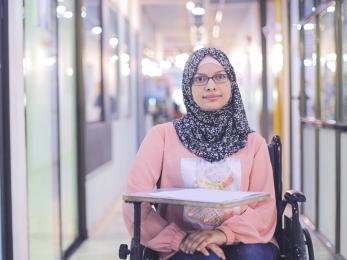Breaking the cycle of violence for Somalia’s youth

Somalia’s youth represent the hope for a bright future in their country. But education isn’t enough to disrupt their path toward violence — they also need opportunities to engage with their communities.
Critical Choices, a new report from Mercy Corps that details the findings from the Somali Youth Leaders Initiative, shines a light on a proven method to address underlying drivers of political violence and violent extremism: combining education with opportunities for civic engagement.
“Education plays a critical role in creating an environment where youth are engaged in learning and feel less isolated and excluded,” says Beza Tesfaye, Conflict and Governance Manager for Mercy Corps. “However, education on its own does not address young people’s frustrations with feelings of injustice and being unable to make a positive difference in their communities.”
In interviews with more than 800 youth, Mercy Corps found that when secondary education was combined with civic engagement opportunities such as community action campaigns, youths’ likelihood of participating in violence dropped by 14 percent. Their propensity to support violence dropped by 20 percent.
“Youth account for more than 75 percent of Somalia’s population and represent both the hope for a bright future and a possible source of instability,” Tesfaye says. “Combined with education, giving youth the ability to help their communities fulfills a desire to do something positive, meaningful and impactful.”
You can view the full report here. Read more about the Somali Youth Leaders Initiative here.

